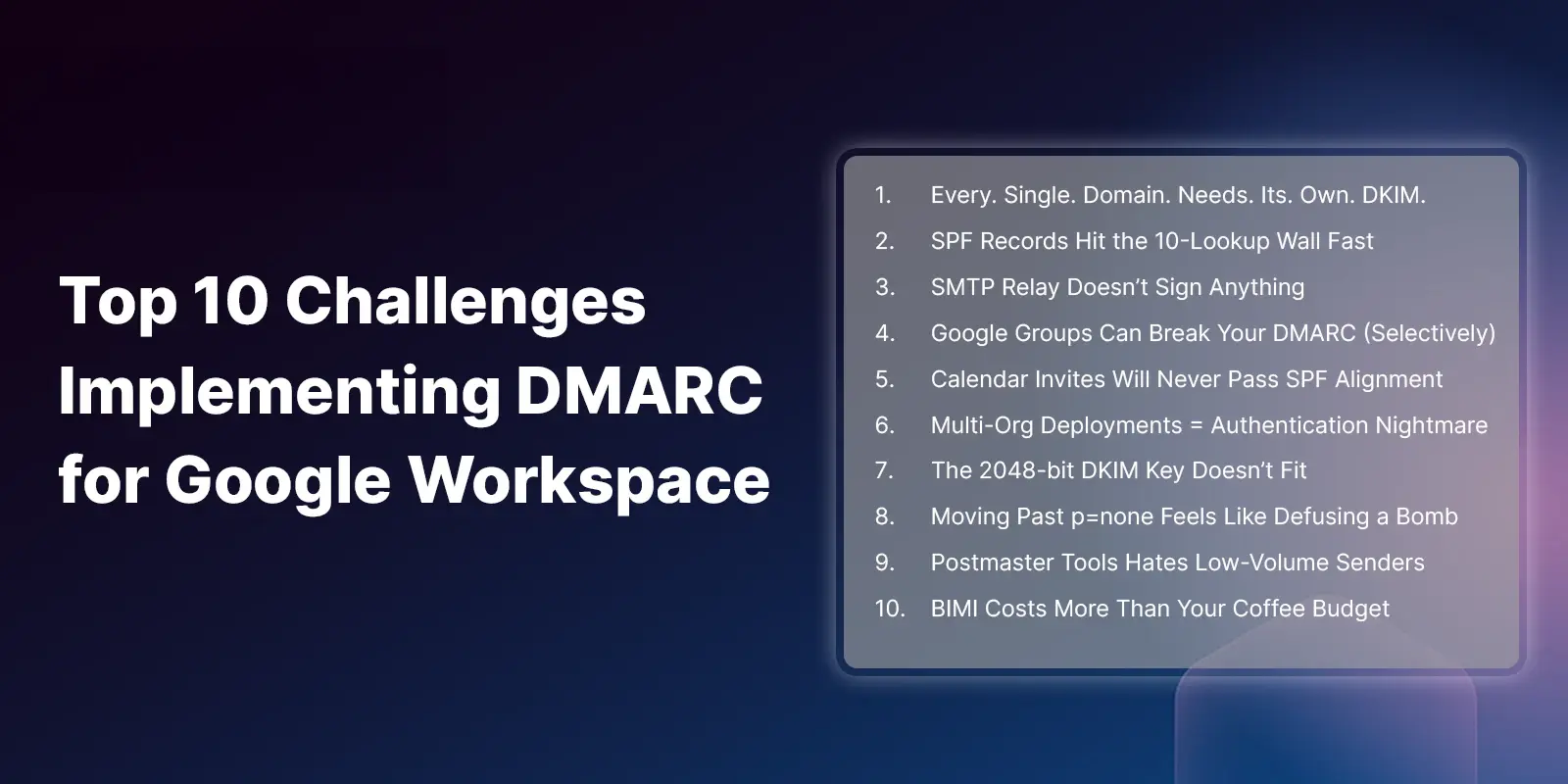MSP IR Automation: Orchestrating Incident Response with SOAR

If you’ve ever tried to run incident response at an MSP without automation, you know the feeling. It's like trying to conduct a symphony with a kazoo, a spatula, and three people who showed up late and...
Read more
/Concentrix%20Case%20Study.webp?width=568&height=326&name=Concentrix%20Case%20Study.webp)









.webp?width=100&height=100&name=PXL_20220517_081122781%20(1).webp)









